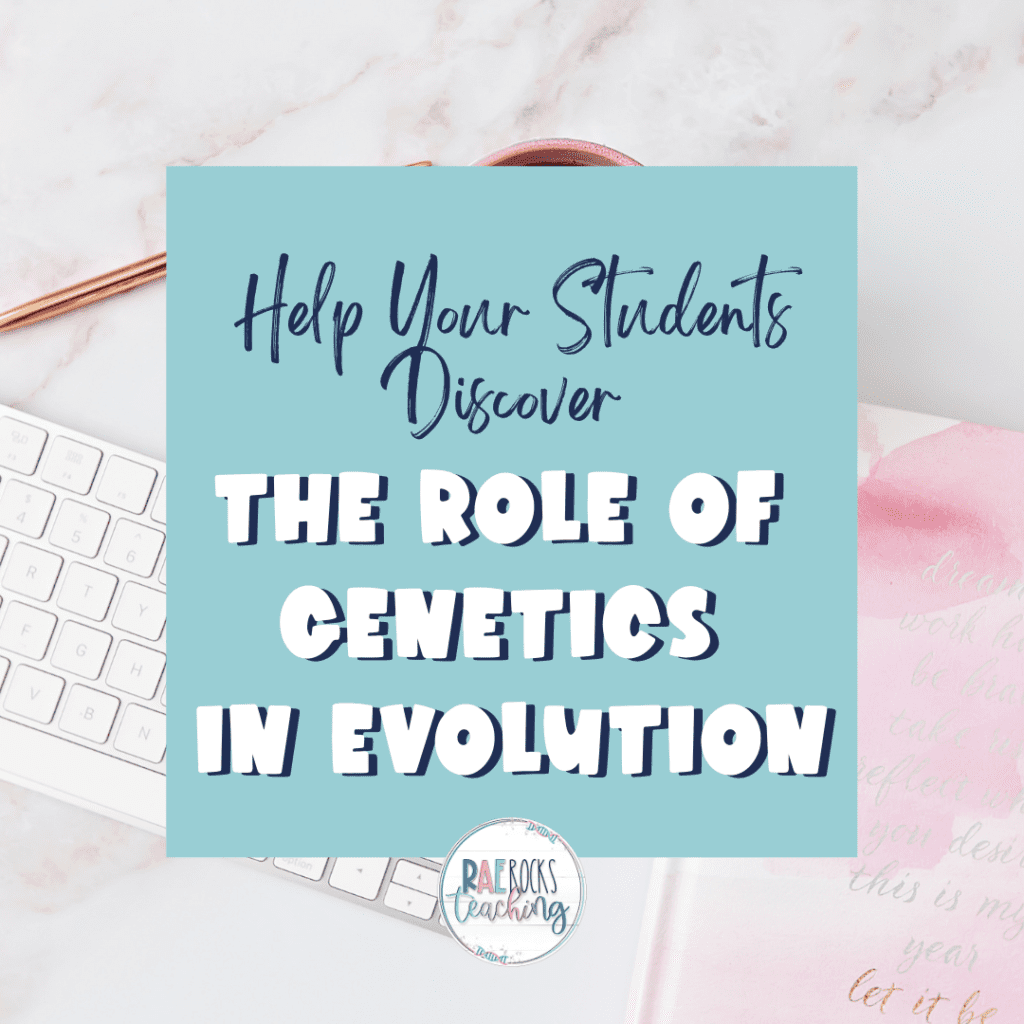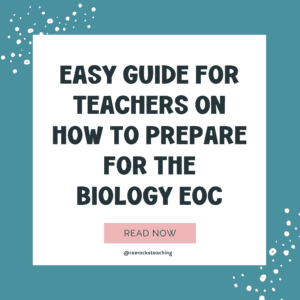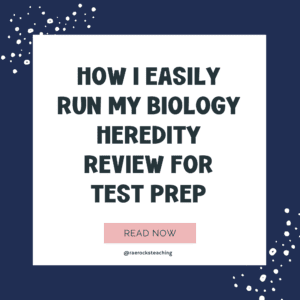Help Your Students Discover the Role of Genetics in Evolution
If you teach Biology, then you more than likely teach both genetics and evolution. However, sometimes connecting the dots between the role of genetics in evolution can be tricky. I usually cover genetics before evolution because it sets the foundation for discussing how genes have evolved. Students need to understand how DNA, RNA, Protein Synthesis & Mutations work before diving into the evolution of traits. By the end of this blog post, you will want to implement this engaging activity into your lesson plans.
Tasting PTC Paper
For this lesson, I start with having students taste PTC paper as the phenomenon. This is so entertaining to watch since I know what happens. Most students will taste the bitterness of the paper and some even have strong reactions. Their comments, faces, and reactions make it a super engaging starter activity. Immediately I have them hooked and wanting to know more. After students have taste-tested the paper, I do not give away any secrets yet. I guide them into the next assignment.
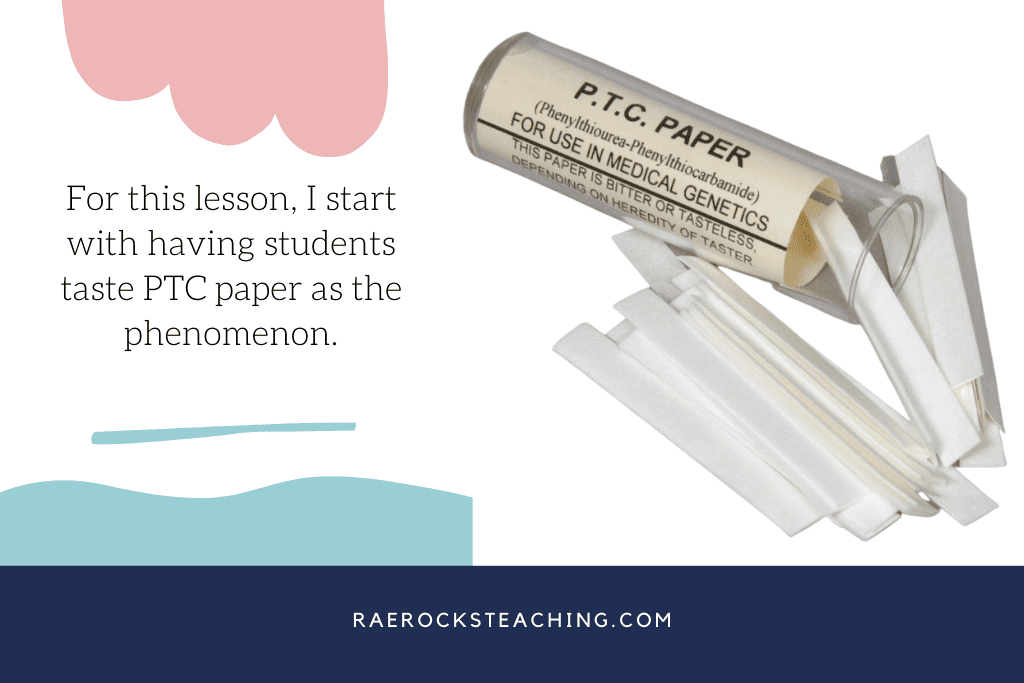
-
Save
How Does PTC Paper Work
The next question students have is “How does PTC Paper work?” Here is where the learning starts to get fun. Depending on the level of students I have in my class, I will show them a video or have them read an article. For my more advanced classes, I’ll give them an article to read on the makeup of PTC paper and how it works. I also include how tastebuds send signals of taste to the brain. This is especially helpful for those students who want to know more details. For my regular or co-taught classes, I show the video Are You A Super Taster? This is a great lead in activity to help demonstrate the role of genetics in evolution.
This video discusses how PTC paper works along with how it pertains to genetics. It explains how the trait to taste is autosomal dominant, and what it means to be a Super Taster.
By now students are starting to make connections on how tasting the PTC paper is linked to genetics, but we still have to relate it to Evolution. This is when I show all my classes the video from Nova Science called The Science of Picky Eaters.
The video demonstrates the PTC paper experiment being performed on students in an elementary school class. The experiment continues by testing the students’ genes to see if they have the trait for tasting the PTC. The connection is made when the results are revealed to the students and their parents. If students are taster or supertasters, they would have either one or two dominant alleles for tasting PTC. The video explains the strong correlation between taste and evolution.
How Does Evolution Apply to Everyday Life
At this point, there hasn’t been much talk of evolution in class, but I promise we are making connections. Every now and then I get the question of why we can’t taste when our nose is plugged. The video addresses this question by explaining how Evolution has seen fit to devote as much of our senses to taste to find the nutrients we need. This leads back to our ancestors who had to hunt and gather their food to survive. Like us, our ancestors loved sugary foods knew they provided a lot of energy. The bitter taste (similar to the PTC bitterness) in vegetables, such as broccoli and asparagus, is a protective sense as a signal for something potentially poisonous. The plants put out a toxic compound so people won’t eat it and the bitterness we taste honors that protective mechanism.
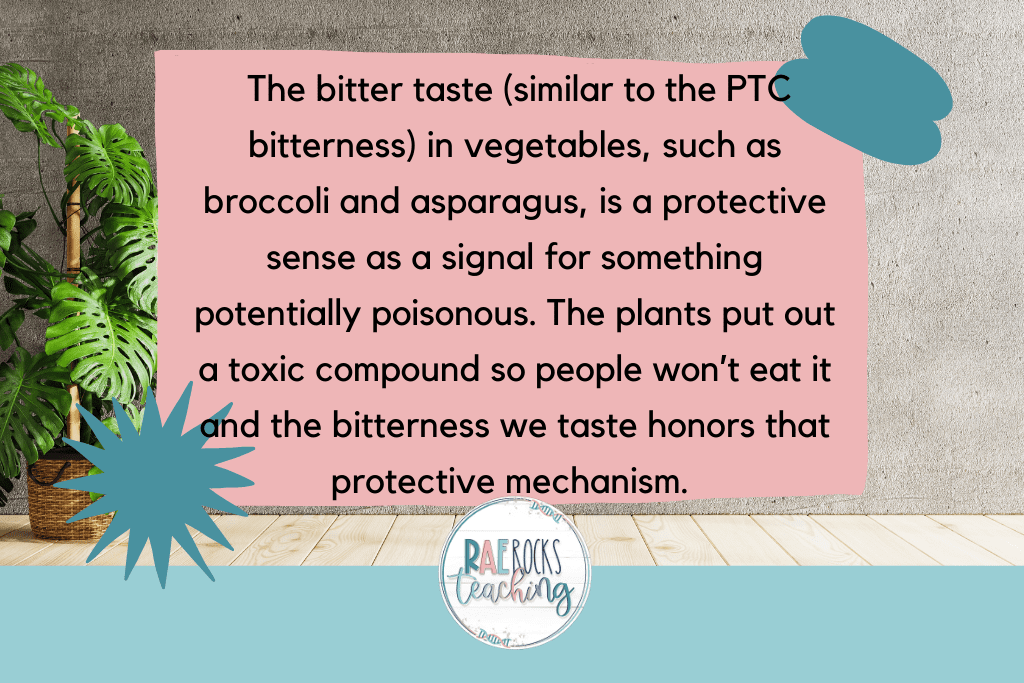
-
Save
However, over time our sense of smell changes and that affects our sense of taste. Meaning as we get older, our sense of smell changes and we can start to like the taste of these bitter vegetables.
Genetics in Evolution
After our PTC activity and discussion, we move into our lesson on Natural selection. The students take notes as we dive into how genetic variations can change gene activity or protein functions through mutations. These changes (mutations) can introduce different traits in an organism. If a trait is advantageous and helps the individual survive and reproduce, the genetic variation is more likely to be passed to the next generation through natural selection. By this point, students have had a recap of genetics and see how it plays a role in evolution.
Extensions to Genetics in Evolution
When we start learning about natural selection, I bring in a variety of different examples to include. Here are some ideas to help you hone in on how genetics and evolution are directly related.
Tuskless Elephants
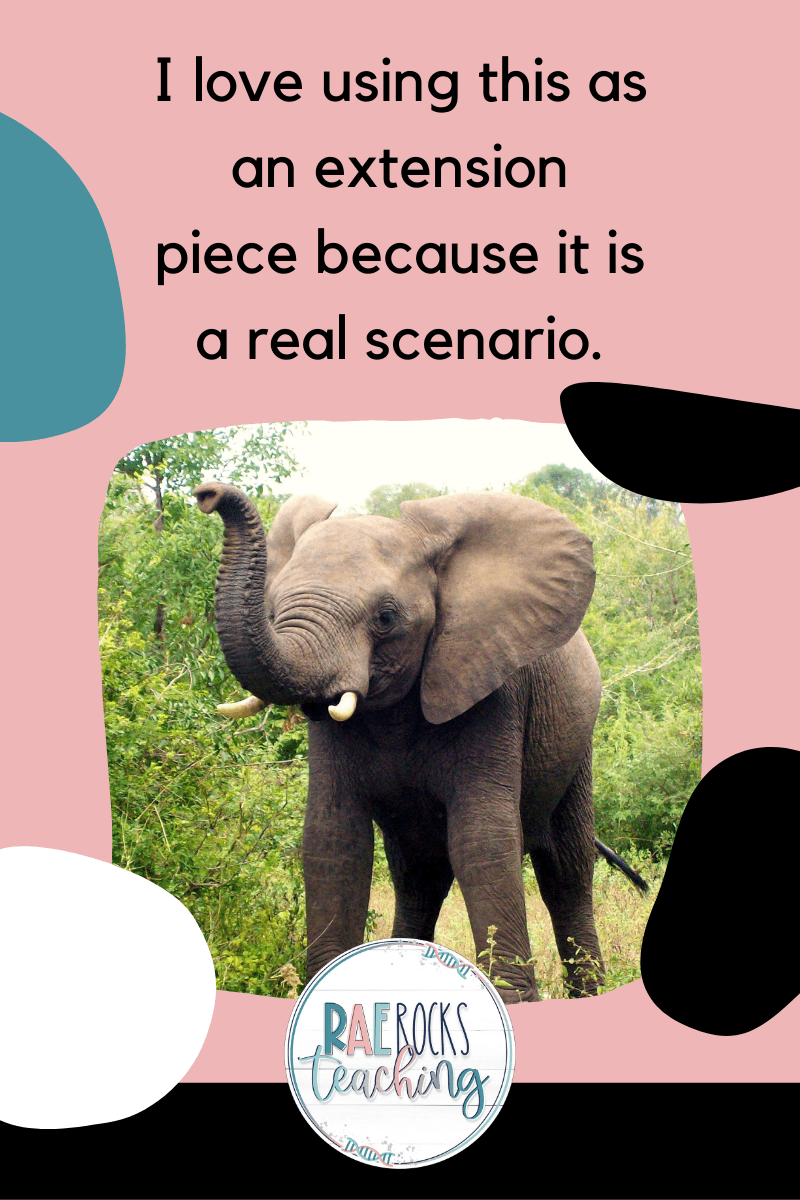
-
Save
I love using this as an extension piece because it is a real scenario. I show students pictures of 2 different elephants, one has tusks and the other does not. They start asking questions about why it is missing its tusks. I then have then read study scientists in Gorongosa National Park in Mozambique are researching on Tusked vs. Tuskless elephants. They linked the tusked trait decreasing in the population to poaching. The elephants surviving were the ones that didn’t have the tusked trait, therefore, reproducing and increasing the tuskless population. Once we have finished our discussion, I show them the video by HHMI Biointeractive on the Selection for Tuskless Elephants.
Rock Pocket Mouse
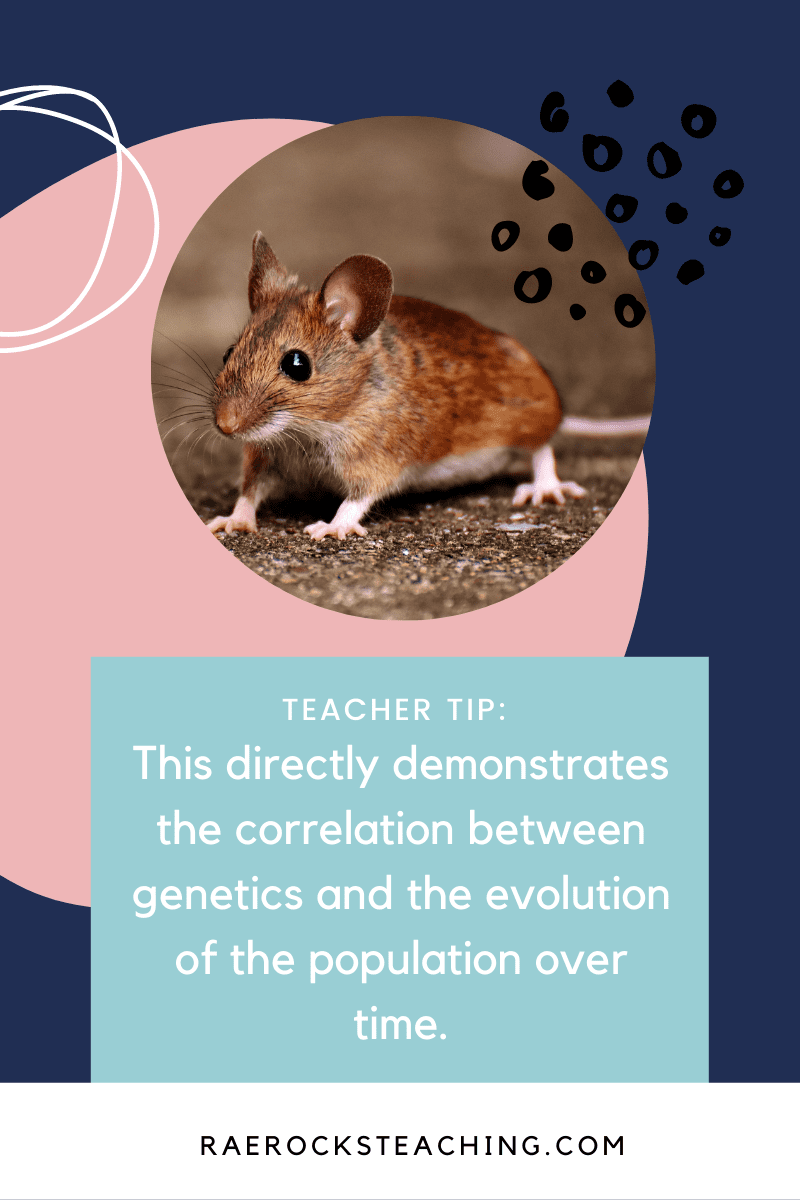
-
Save
Another example I love to incorporate into tying genetics to evolution is on the Rock Pocket Mouse. I show students the video below on the Rock Pocket Mouse and have them answer questions on a handout. The video walkthrough how the mutations in the Mc1r gene are responsible for the appearance of dark fur color in this particular population of rock pocket mice. This directly demonstrates the correlation between genetics and the evolution of the population over time.
Hopefully, you gained some ideas you can use in your classroom with these activities to relate genetics to evolution. I love sharing with y’all and would love to connect on IG or Facebook. Follow me and send me a DM with what you need more of because I’m here to help! If you are looking for even more inspiration, find me on Pinterest!
Wait, before you go…Don’t forget to grab your FREE GUIDE with 15 Engaging Activities for Biology
Wanna read more?
How to Get Your Students Excited About DNA Mutation Examples
One of the Main Reasons Why Protein Synthesis is Important to Teach
The Best and Most Fun Way to Prepare Students for Biology Finals
Share via:

